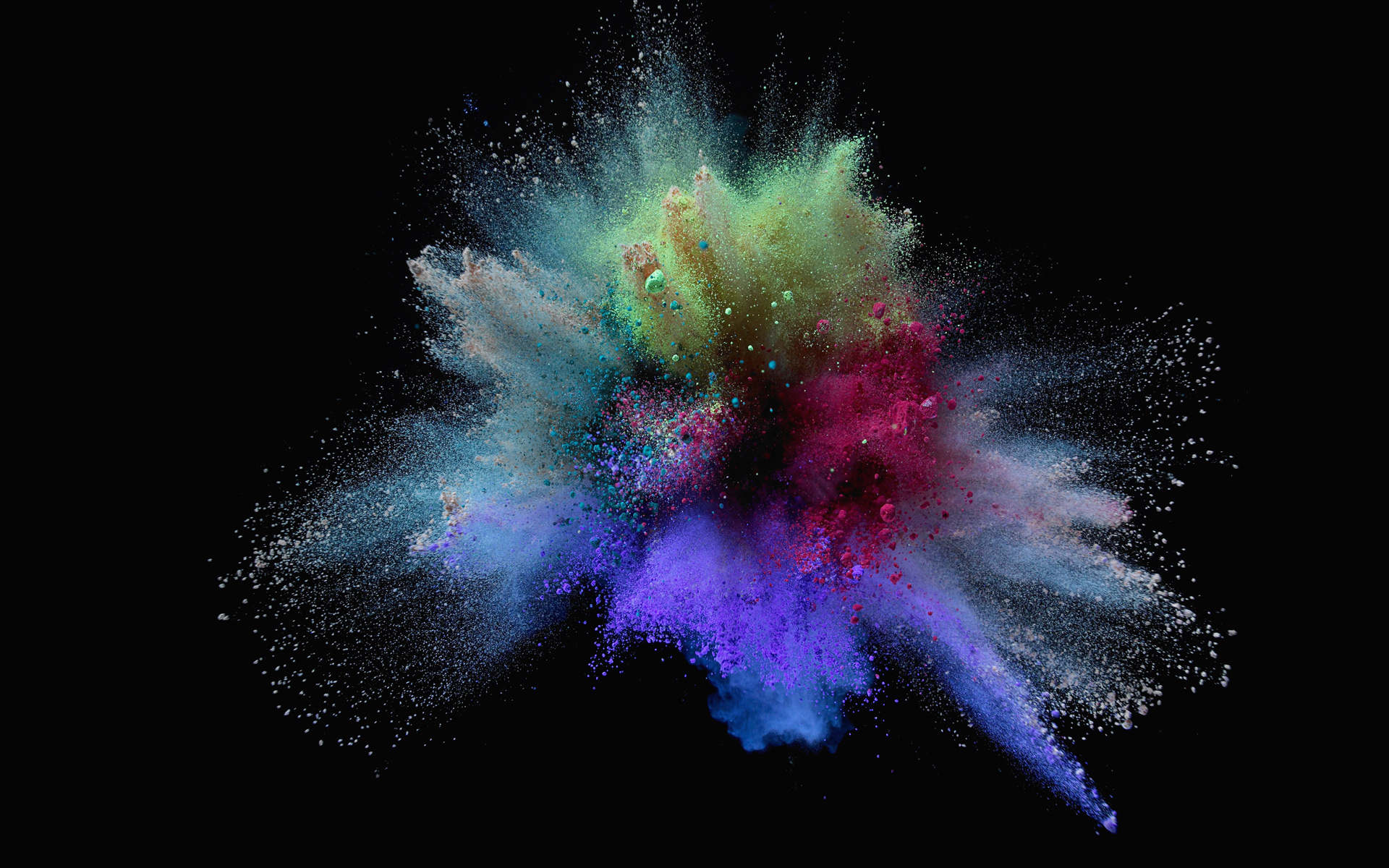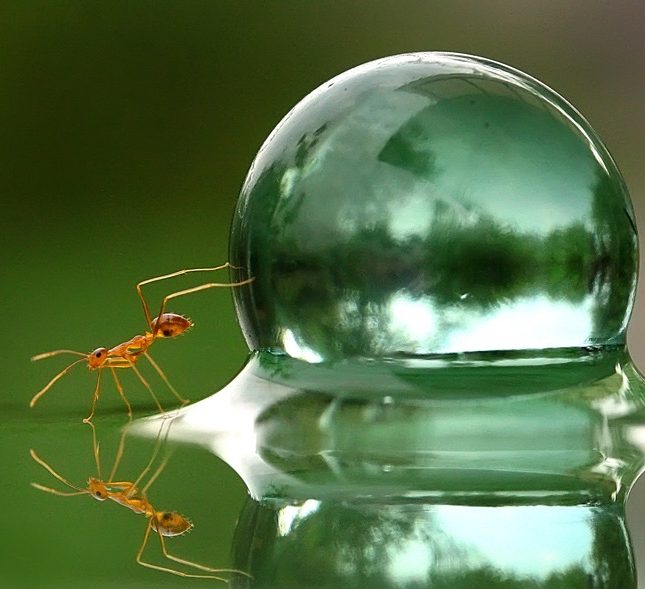How Novelists Can Infuse Their Scenes with Color
On Throwback Thursdays, we’re looking at excerpts from past posts on Live Write Thrive. Today’s post comes from Color to Shape Your Novel.
We all know the power of color, and books have been written in detail on the effect each color has on a person. One book that is particularly fascinating on the topic, should you be interested in going deep into color symbolism and subtext in your novel, is If It’s Purple, Someone’s Gonna Die, by Patti Bellantoni. This book helps filmmakers choose the right colors for their stories and showcases more than sixty films discussing the deliberate use of color for impact. Filmmakers have to be particular keyed into color, since their work is so acutely visual.
Color is powerful and often completely ignored by novelists—or used randomly without purpose or just to make a fashion statement—whereas filmmakers have to be keenly aware of the subtle and often subliminal effects of different colors. Listen to what Bellantoni says:
Films as varied as Cabaret, Dick Tracy, and The Sixth Sense all use purple to foreshadow death . . . Both Gwyneth Paltrow’s bedspread in Shakespeare in Love and Nick Cage’s bedspread in Moonstruck are a hot orange-red, and they certainly accompanied lusty activity in those films . . . A strong color elicits a strong visceral response. This, in turn, can set up an audience to anticipate a particular action.
Colors indeed have their own language, which can visually help define a character arc or layer a story. In Malcolm X, for example, bright, “look at me” red is the color that defines Malcolm’s cocky small-time hoodlum years; blue, the contemplative years in prison; and gold, his enlightened time in Mecca. Each of those colors layers the journey of this man and has a different (and cumulative) effect on the audience. Red is energizing, blue affects introspection, and golden light inspires the spiritual or enlightened. Wynn Thomas, production designer for Malcolm X, describes how he envisioned the film in three acts, each defined by a particular color . . .
My research suggests it is not we who decide what color can be . . . [but] I am convinced, whether we want it to or not, that it is color that can determine how we think and what we feel.
Not Just Color but the Quality of Color
This can open up a whole new way of scene designing for novelists (and requires wearing yet another new hat—the production designer’s). Novelists can infuse their scenes with color, whether vibrant and obvious or drab and washed-out.
When you have a character, in her POV, who sees the world around her as drained of color, in sepia tone, or in shades of gray, you indicate how she feels about her setting in that moment. Washed-out color could imply memory loss or fading emotions. They can imply a disconnect to place or people.
Filmmakers sometimes tone everything down except for one or two objects in the frame to make them stand out. A POV character can also perceive something similarly when one object appears to be brighter than anything else around it, or a glare of light shines on it, highlighting it in a symbolic way.
If you, the novelist, have an understanding of the subtle effect of color, you can purposely put these colors in your scenes—either blatantly or subtly—to help enhance the mood of the reader. Many great novelists use color in a powerful way, such as found in Toni Morrison’s novel The Bluest Eye. In her novel the color blue is forefront in symbolism and theme.
Learn and Utilize the Power of Color
You may not want to put that much emphasis on color, but a deliberate choice of color or tint in your scenes can be like a brush stroke of paint on a canvas used to good effect. Image systems work best when they “support and add meaning to, and not become, the point of a film” (Gustav Mercado), and so a touch of color can go far.
So take some time and research the effects of various colors on the human psyche, and play around with ideas on how you can integrate specific colors symbolically into your image systems for your novels. Seeing your scenes with a cinematic lens involves so much more than choosing the right camera shot, as you are now beginning to see.
Every segment of your scenes, if planned with deliberation and by using a filmmaker’s eye, will come to life and be supercharged in ways you never imagined. Readers will be moved more powerfully by your story, and may not even know why. But you will know.
Have you ever thought about using color in a subliminal way in your novel? In a symbolic way? Share your thoughts and mention any novels you’ve read that use color effectively, in a cinematic way.












In my erotic horror novel, ‘Vamps’, I used red and black extensively as a symbol of anarcho-syndicalism.
https://www.amazon.com/Vamps-erotic-horror-Mawr-Gorshin-ebook/dp/B00XLX9SE2/
Here it is, temporarily for free on Amazon, if anyone’s interested.
What a timely post for me. I just wrapped up a novel (coincidentally called Colors 🙂 so your post caught my eye. The protagonist is an artist (a painter), and she paints flowers, among other things, so it’s natural that color would be mentioned. For other reasons as well, I played up the color throughout but without giving it a lot of deliberate thought or planning as far as the symbolism goes and how it would affect the reader.
This post made me think, though. In some scenes, a white angel trumpet is a focus. Innocence, purity, hope, honesty. That works. A wilted white angel trumpet—you guessed it. Loss of those things or grief. Plenty of orange and red…passion. Cerulean sky and puffy white clouds—all is well. Storms, black/purple clouds, trouble ahead. A favorite vase is blue…peace, love I’d say.
But an all-white bedroom doesn’t quite cut it though…hmm. Or maybe… I’ll have to go through and double check now—thanks!
Color in contemplation. I never really thought of it, Susanne. Thanks for this post. I’ve shared it online. Hope your Thanksgiving was good. Enjoy the holiday season!